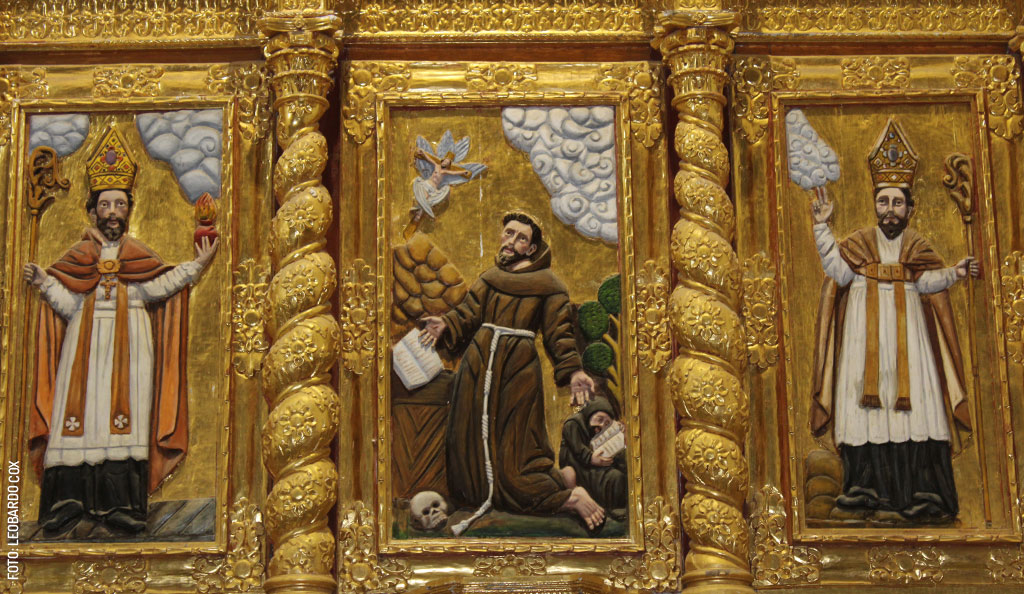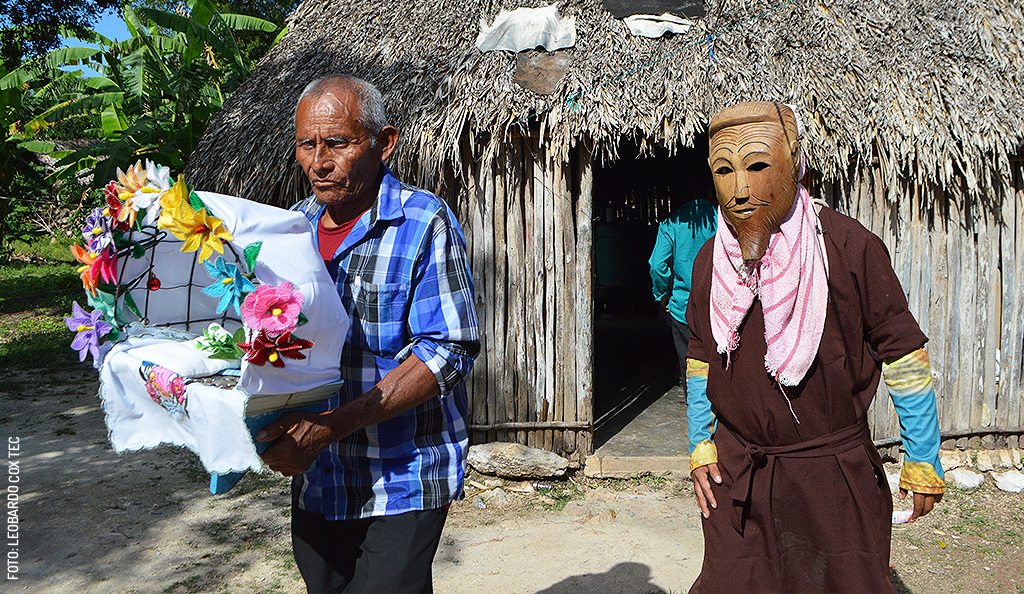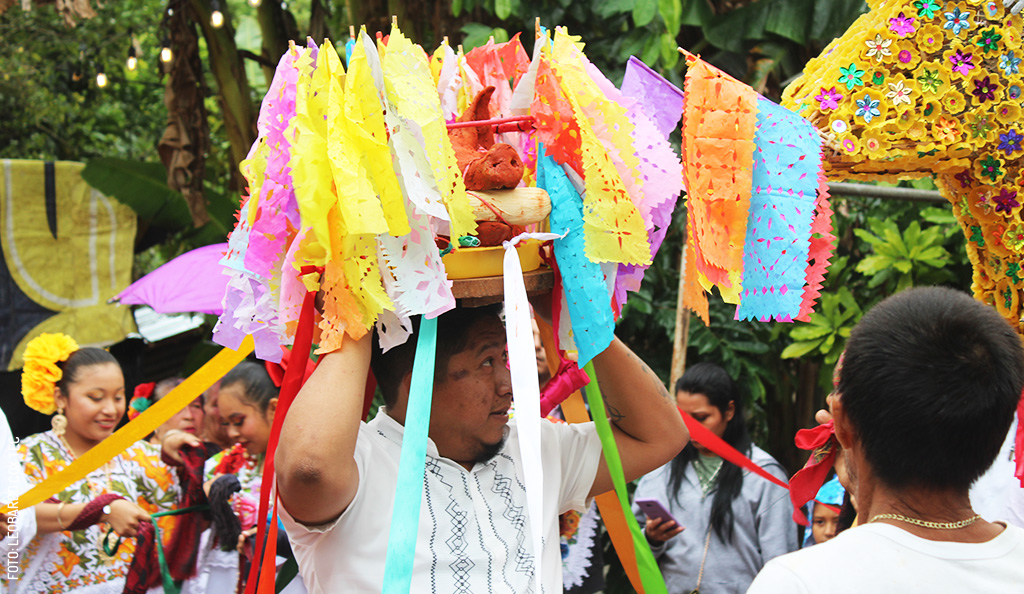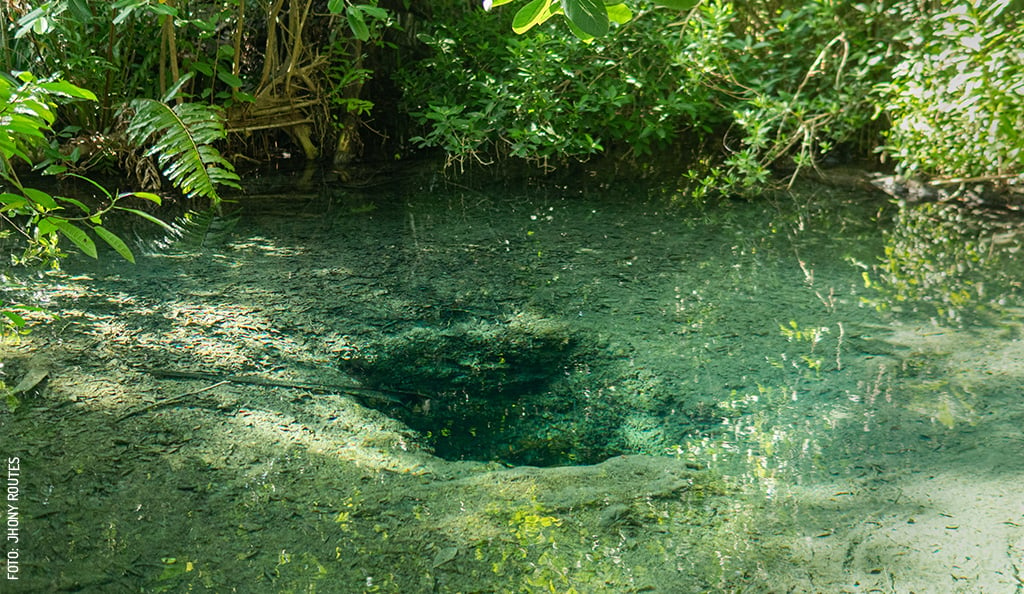
The Hidden Architectural Gems of Yaxcabá
Yaxcabá, "the place of the first land and water," is a Yucatecan municipality located in the state's ancient maize-growing region. It’s just over 100 kilometers from the city of Mérida and less than 40 kilometers from Chichén Itzá. Considered the gateway to the Maya east, Yaxcabá is known for housing some little-known viceregal jewels. If you're a fan of sacred art, you'll be surprised by its imposing churches, whose history is deeply tied to the Maya Social War, or the Caste War.
The Church of San Francisco and the Hermitage

In Yaxcabá’s historic center, you’ll find the Church of San Francisco de Asís, a grand 18th-century structure. It stands out for its three enormous towers, which give it a unique character. Inside this beautiful parish church, a spectacular gilded main altarpiece, made of carved wooden panels and framed by Solomonic pilasters (those that appear to spiral), draws the eye. The church also features colorful side altarpieces filled with ancient religious images.
Next to the main church, you can find the entrance arch and chapel of the old cemetery (camposanto), completed in 1789. It’s considered one of Yucatán’s best-preserved colonial cemeteries. The atrium is enclosed, and in its two corners, you’ll find two casemates or guardhouses that served as defenses or refuges during the battles this town witnessed.

Continuing your tour, you can see the enormous Yaax Há cenote right next to the church. A few steps from it, on a large rocky slab, stands the singular Hermitage (Ermita), which has a beautiful access staircase. This small sanctuary, dating back to 1830, mimics the shape of a crown.
Near the Hermitage is a very important historic building for the town: "The House of a Hundred Doors" or the "House of the J-Wáay Kóot." According to legend, this mansion belonged to Claudio Padilla, the richest merchant in the region in the 19th century. One of his employees, it is said, had the ability to transform into a great eagle sorcerer (brujo águila) to go in search of merchandise for the store that occupied the building. On this site, there is a chapel dedicated to the Green Holy Cross (Santa Cruz Verde).
The Abandoned Church of Mopila

Less than 2 kilometers northwest of downtown Yaxcabá lie the remains of the old town of Mopila, which was abandoned between the late 19th and early 20th centuries. Arriving at the entrance to the site, you can see a stone staircase rising through the vegetation. Upon climbing it, you'll encounter a masonry structure that was once the town's grand church. You'll notice the walls are blackened by humidity, and if you look closely, you can see the remnants of the old log roof, which was dynamited in 1848 during the war.
The temple holds a very old wooden altarpiece where, according to tradition, the Virgin of Mopila was found. This religious image is the most important in the municipality and is currently housed in the Yaxcabá church. Every year, the image is returned to its old home for a day and a night for a great festival. If you enjoy exploring, it’s possible to walk the trails to observe the local flora and fauna and, if you wish, to venture into the Áaktun Ch’e’en cavern.
The Church of San Juan Bautista in Tixcacaltuyub

About 11 kilometers from Mopila, you'll find the Maya town of Tixcacaltuyub, a comisaría (sub-municipality) belonging to Yaxcabá. As you arrive at its historic center, a beautiful cluster of buildings will greet you. The most impressive, without a doubt, is the Church of San Juan Bautista, which is located on what was likely a pyramidal base. Its unusual height and beauty transport you back to 18th-century Yucatán. Its Casas Reales and an enormous walled cemetery also complement the scene.
Inside, you will see beautifully decorated wooden altarpieces as well as painted rosettes and murals depicting various scenes from the life of St. John and the coronation of the Virgin. Its impressive carved images, as well as its niches and altars, will leave you fascinated.

Now you know: a small detour between Mérida and Chichén Itzá can become a unique opportunity to discover some of Yucatán's hidden treasures.

Author: Leobardo Cox Tec
A cultural manager, gastronome, photographer, and writer from Yaxcabá. Through his work, he specializes in promoting the cultural and natural heritage of the state of Yucatán, sharing the stories of its towns and their traditions.
In love with Yucatán? Get the best of Yucatán Today in your email.
Don't miss our best articles and the monthly digital edition before anyone else.
Related articles

The Dance of the Elders (Danza de Señores): Satire and Faith in...
Dance of the Lords in Chikindzonot: Maya tradition and hidden satire. Celebrate the start of the year with dance, the Devil, and the ritual offering...
A Maya Christmas in Yaxcabá: Tradition, Faith, and Community
Maya Christmas in Yaxcabá, Yucatán: Community celebration, faith, and tradition. Experience the Star Dance, the prayer to the Christ Child, and the...




